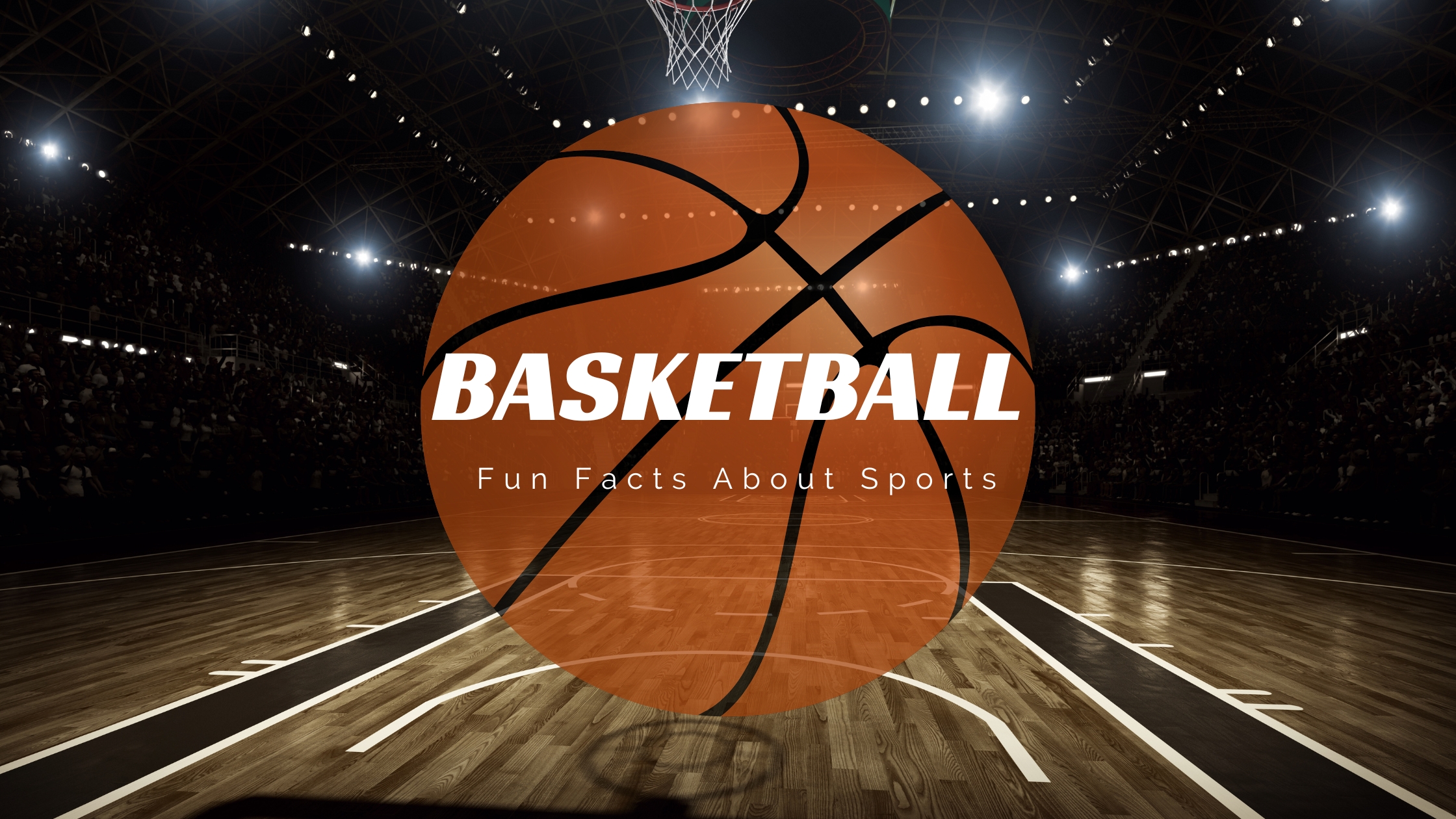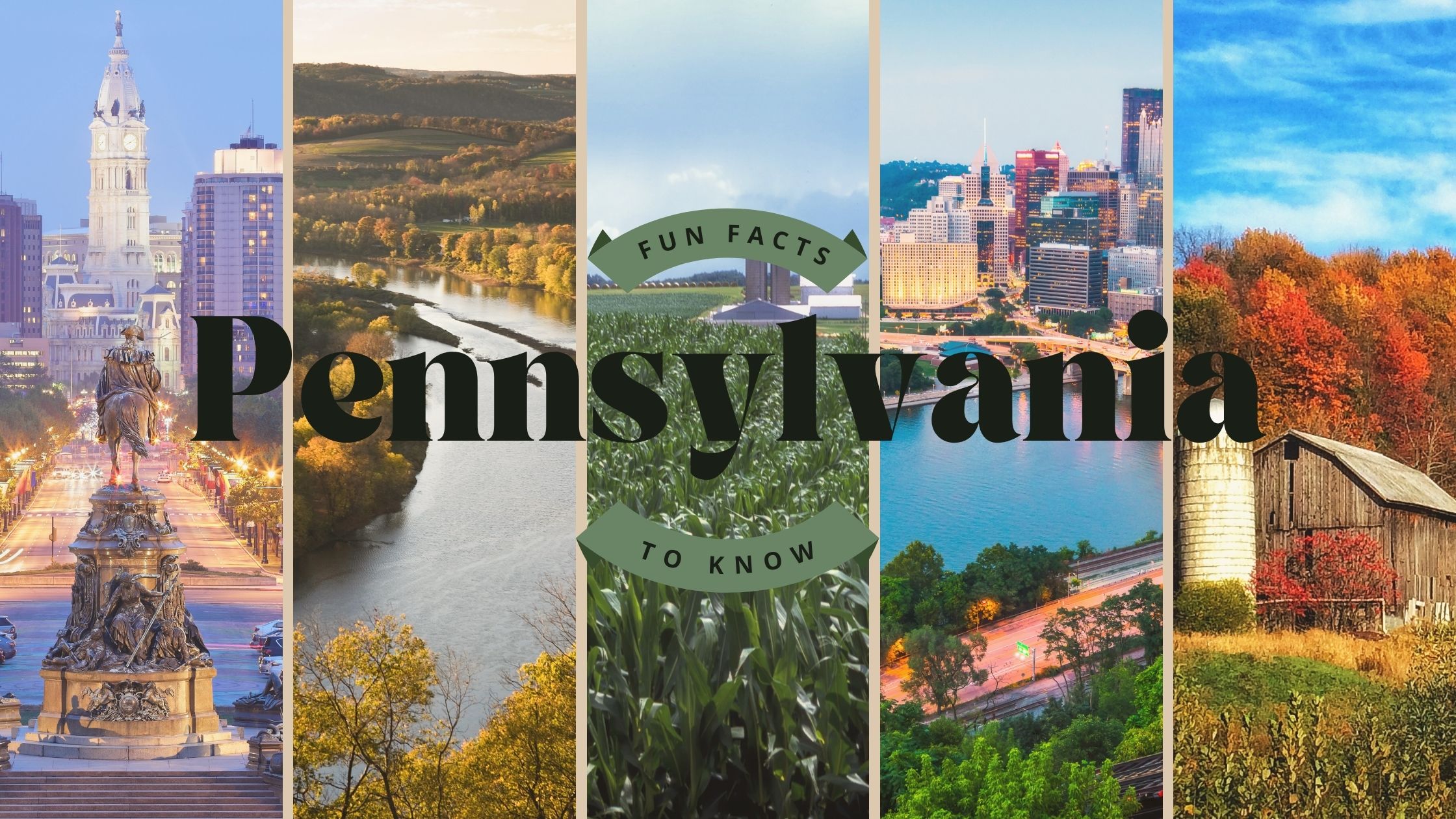Learning Science, Technology, Engineering and Mathematics (STEM) early can equip children with a problem-solving mindset.
STEM lesson plans can teach children to formulate independent thoughts and boost their language skills.
Engaging children with STEM subjects can positively impact their development across a broad spectrum of subjects. It encourages kids to ask questions about the world around them and teaches them a practical way of engaging.
A Chicago University-led study supported that children taught in a hands-on way demonstrated a deeper understanding of the subject.
Cultivate a child’s natural curiosity and critical thinking from a young age with Learn Bright’s STEM lesson plans.
This article will explore some of our most popular lesson plans that will engage kids with multiple STEM activities.
Solids, Liquids, and Gases STEM
This hands-on class encourages kids to learn how clouds form using fun STEM lesson plans. Students will learn how to create a cloud in a mason jar.
What Is The Target Age Group?
This lesson is appropriate for 5th and 6th grade students.
What Topics Does It Cover?
This module encourages kids to understand the differences between solids, liquids, and gasses. The practical element of this STEM lesson plan encourages kids to think about the physical properties of the world around them.
What Do I Need To Prepare?
Each participant needs a mason jar, soda, ice, a glass, hair spray, and blue food coloring. Highlighters, pens and pencils are also helpful for filling out the materials.
What Skills Will Children Learn?
These STEM lesson plans will encourage children to think on their own. They also learn how to research and report their findings and conduct their own science experiment.
Extinction STEM
The Extinction STEM lesson plan shows how species in an ecosystem interlink. Students learn why removing one species will inevitably impact another.
What Is The Target Age Group?
This session is ideal for kids between grades two and three, curious about dinosaurs and the world around them.
What Topics Does It Cover?
This lesson plan contains two dynamic exercises. Children must note the different animals and plants they see out the window or outside. They’ll then learn how to research a subject by looking at different species online and discovering why they are extinct.
What Do I Need To Prepare?
For this session, it is helpful if your kids are outside to document the species they see. You will need access to a computer to complete the research element of this plan.
What Skills Will Children Learn?
Children will reflect on the natural world, research scientific topics online, and be aware of how ecosystems and species operate.
Earthquakes and Volcanoes STEM
This lesson plan gives kids an insight into how earthquakes and volcanoes happen through an exciting volcano simulation using baking soda. This fun-packed session contains three practical elements, including building a working earthquake model and a seismograph.
What Is The Target Age Group?
This topic covers a broad age group of 3rd to 5th grade. It’s ideal for children who are currently or learning about natural disasters in school.
What Topics Does it Cover?
Take your kids through three hands-on activities. Your children will build up in-depth knowledge of earthquakes and volcanoes. They’ll use engaging learning materials, live volcano and earthquake videos, and physical demonstrations.
What Do I Need To Prepare?
The level of preparation depends on your chosen activities. Browse the student supplies section depending on whether you are preparing the 3D model volcano, earthquake, or seismograph (or all three). All items are easy to source, ranging from scissors to small rocks and cardboard boxes.
What Skills Will Children Learn?
This STEM lesson plan encourages children to collaborate on an experiment or work alone. It helps them follow individual steps to complete a science experiment and reflect after the practical research.
Alternative Energy STEM
These exciting STEM lesson plans help children learn about alternative energy in a real world experience. Students work to create an energy solution to save their school.
What Is The Target Age Group?
This classroom activity targets children in grade school years four to six. It’s ideal for parents teaching their kids about different energy sources or educators introducing the module in school.
What Topics Does It Cover?
Kids will learn about renewable and non-renewable energy sources and how alternative energy can save our planet. It encourages kids to think about our global resources and actively discuss this with their peers. Children immersed in this session will get to design and present an alternative energy source for their school.
What Do I Need To Prepare?
You’ll need a poster-board, markers, blindfolds, containers, and two different types of beans (92 of one, 8 of another).
What Skills Will Children Learn?
Children will learn about global resources and how and why countries use particular energy sources. It will challenge them to present their ideas to an audience and work collaboratively.
Magnets STEM
The Magnets STEM lesson plans teach children how magnetic and electric fields work through interactive discovery projects using magnets.
What Is The Target Age Group?
Ideal for grade school years two through three, this lesson would interest kids curious about how vehicles and electrics work.
What Topics Does It Cover?
This practical lesson encourages kids to think about the application of magnets around them, from fridge magnets to high-speed trains. Kids can use the engaging learning material to build an in-depth knowledge of electrical and magnetic fields.
What Do I Need To Prepare?
Outside pens, papers and highlighters, you’ll simply need to come prepared with a range of magnets for this session.
What Skills Will Children Learn?
Kids will learn to discover things through practical learning and apply it to their understanding of the physical world. Working in pairs on this activity will develop their language skills through reasoning with their peers.
Aquaponics STEM
Aquaponics STEM helps kids learn about agriculture and how it worked in the past and present. Students use recycled materials to create their own aquaponics model. This class is a verbal class, where students engage in a series of targeted questions.
What Is The Target Age Group?
This lesson plan is for 5th and 6th grade students. It is a great way to combine history with modern science and engineering skills.
What Topics Does It Cover?
This session encourages children to think about how they would survive if they had to live off the land. It exposes them to the history of agriculture through aquaponics. Student’s learn to explore the topic by creating their own aquaponics model.
What Do I Need To Prepare?
The aquaponics model uses mason jars, large, clear plastic cups, water, potatoes and toothpicks. This class involves practical activities and less writing.
What Skills Will Children Learn?
Children will learn to combine knowledge between different subject areas. They will understand how farming developed over time and how people live off the land using models like aquaponics. This class encourages verbal reasoning and critical thinking skills as they engage with the questions posed.
STEM Lesson Plans Engage Kids With Learning
STEM lesson plans can enthuse kids about learning in technical subjects and various topics. Through working through science experiments, they can learn how to conduct independent research or work collaboratively in teams. They can take the time to reflect on their observations or develop their verbal reasoning in an entirely practical class. They can use knowledge across different subjects like geography, history and science and apply it to their studies.
Learn Bright’s STEM activities for kids challenge students while improving their science, technology, engineering, and math skills. Check out our free STEM lesson plans, including The Scientific Method STEM, and videos today!







